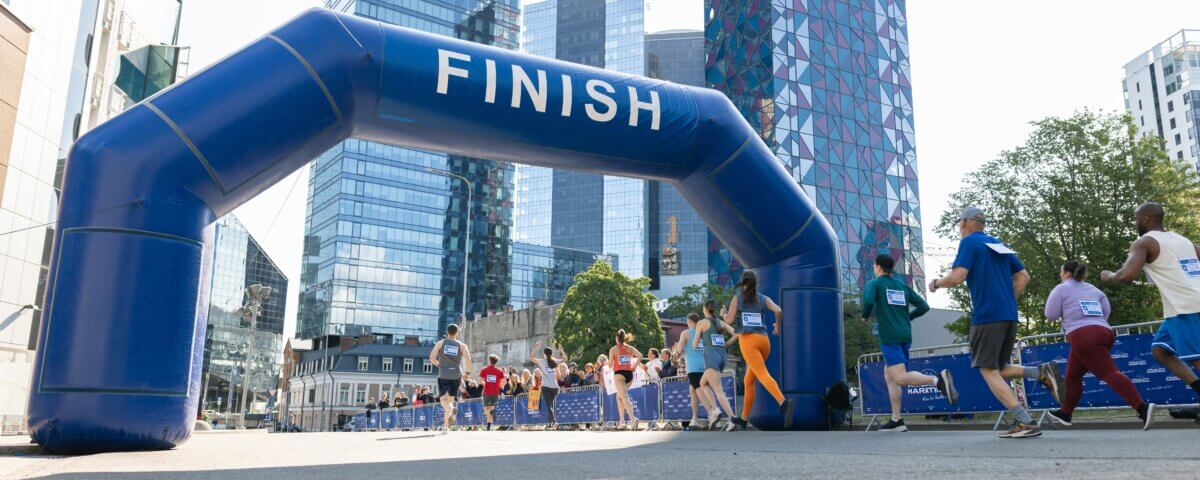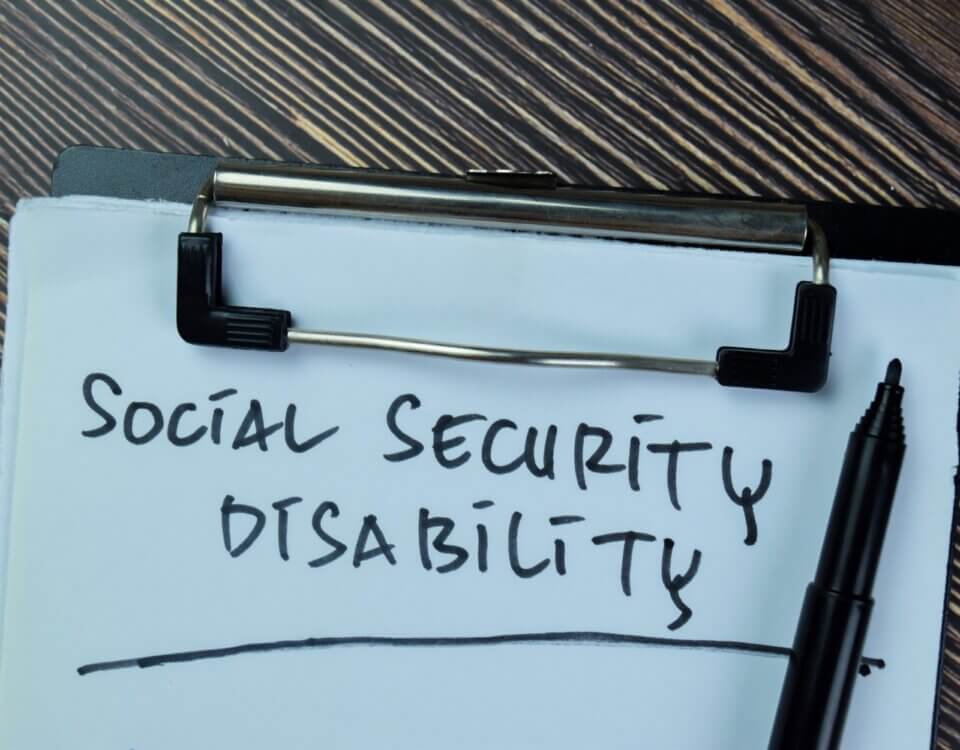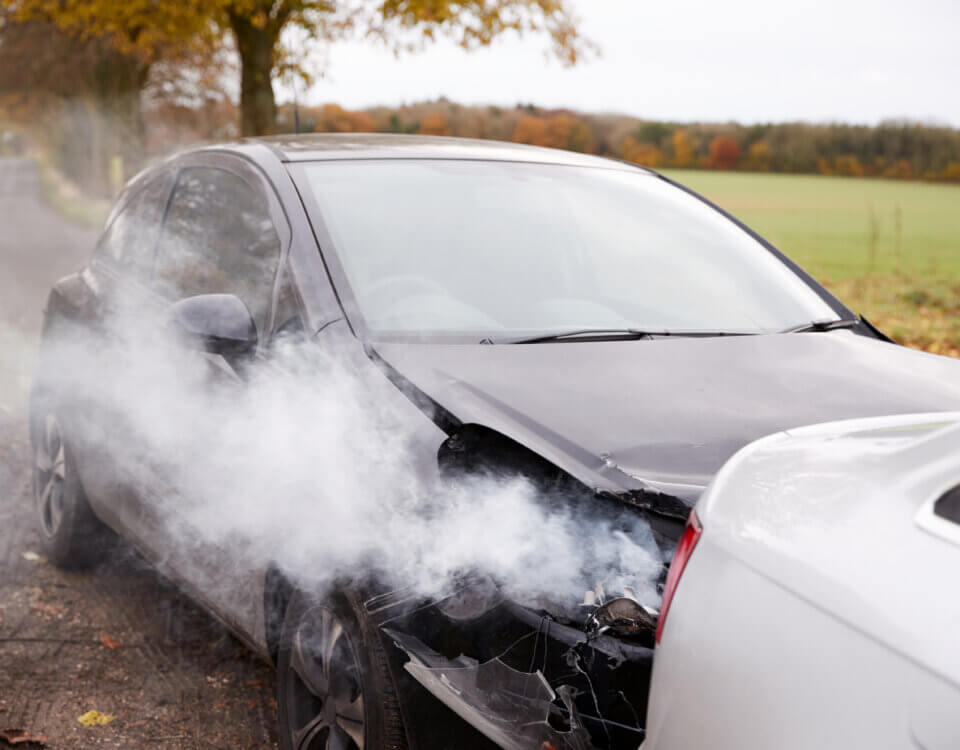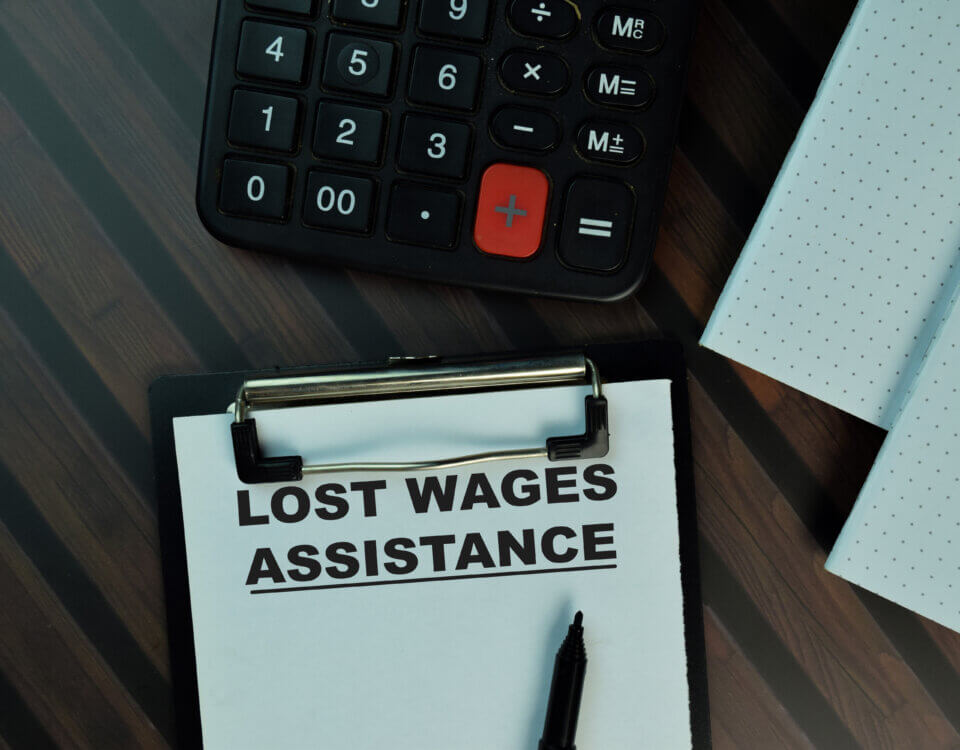California is home to world-class sports teams and stadiums, from the Dodgers and Lakers in Los Angeles to the 49ers in Santa Clara. While these events energize communities, they also create unique traffic and pedestrian safety challenges that cities and residents must manage carefully.
Why Sporting Events Disrupt Traffic
- High Vehicle Volumes: Thousands of fans converge on stadiums, overwhelming surrounding roads.
- Unfamiliar Drivers: Visitors may make sudden stops or turns while navigating unfamiliar streets.
- Pedestrian Surges: Crowds crossing busy intersections can create dangerous conflicts with vehicles.
- Alcohol Consumption: Post-game DUI incidents tend to rise after major sporting events.
Examples of Known Hotspots
- Dodger Stadium (Los Angeles): Elysian Park Avenue and Sunset Boulevard often experience gridlock and jaywalking.
- Levi’s Stadium (Santa Clara): Pedestrian crossings near Great America Parkway require extra traffic control.
- Chase Center (San Francisco): Increased congestion on 3rd Street and surrounding areas before and after games.
Strategies Cities and Organizers Use
- Traffic Control Officers: Deploying police or trained volunteers to direct vehicles and pedestrians.
- Improved Signage and Barricades: Clear directions for parking and crossings reduce confusion.
- Ride-Share Zones and Public Transit Options: Designated pickup/drop-off areas and increased transit service ease congestion.
- Public Awareness Campaigns: Reminding fans to plan ahead and avoid impaired driving.
Tips for Drivers and Pedestrians
- Drivers: Leave early, obey reduced speed limits, and stay alert for pedestrians.
- Pedestrians: Use marked crosswalks, wait for signals, and stay on sidewalks.
- Fans: Consider carpooling, using rideshares, or taking public transit to reduce congestion.
Building Safer Game-Day Communities
Sporting events unite fans and boost local economies, but safety must remain a priority. With cooperation between event organizers, city officials, and residents, California can host exciting games without compromising traffic or pedestrian safety.
Note: These blog posts are created solely for the use of Hillstone Law. The information is gathered from internet research, publicly available sources, and artificial intelligence (AI) tools such as ChatGPT. While we aim to share helpful and educational content, Hillstone Law does not independently verify every detail. Some information may be incomplete, outdated, or subject to change without notice. If you believe any part of a post is inaccurate, misleading, or infringes upon copyright, please contact Hillstone Law immediately so we can review it and take appropriate action, including correction or removal.
Disclaimer: The material provided in these blogs is for general informational purposes only and should not be considered legal advice. Reading these posts does not create, and is not intended to create, an attorney-client relationship with Hillstone Law. Our intent is to share knowledge, raise awareness, and provide helpful resources to the public; however, Hillstone Law makes no warranties or guarantees about the accuracy, completeness, or reliability of the information provided, and expressly disclaims liability for any actions taken in reliance on it. The photos used in these posts are for illustrative purposes only and do not depict actual clients, individuals, or incidents unless expressly stated. If you or a loved one has been injured in an accident, please contact Hillstone Law at (855) 691-1691. Our attorneys are available to answer your legal questions and help you understand your rights.







